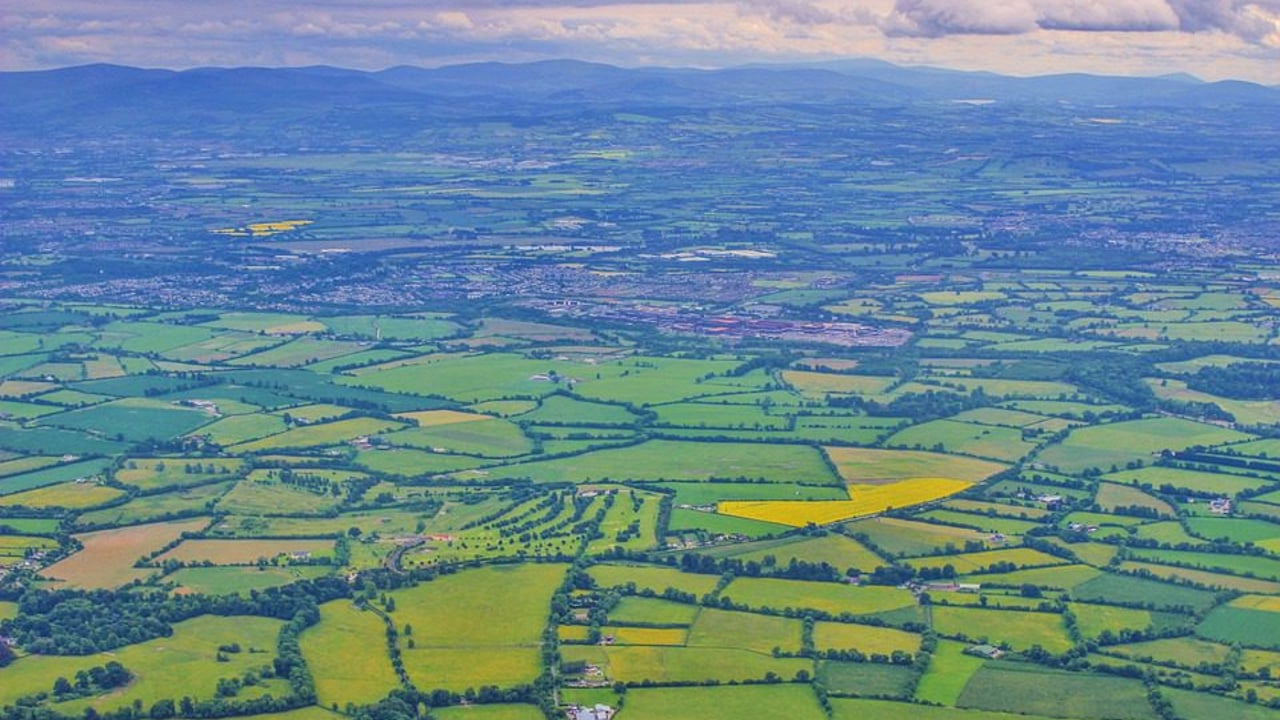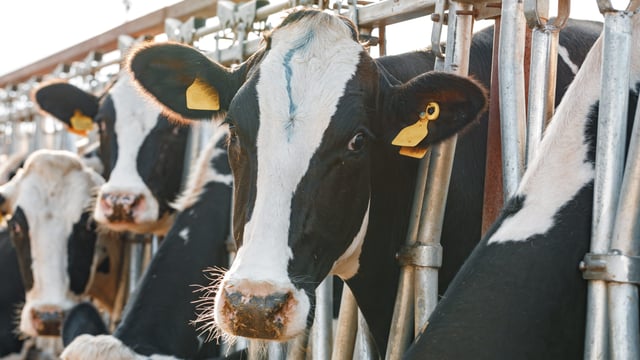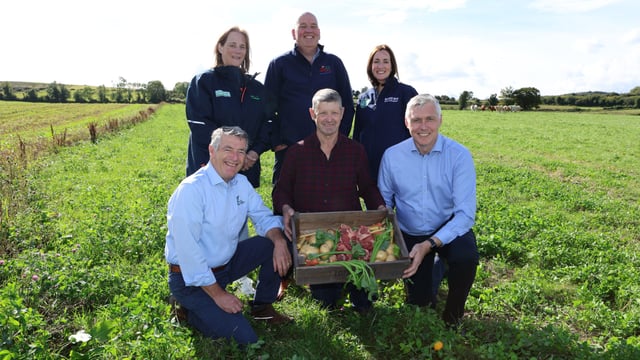Tellus survey to fly final phases over Kerry and Clare
The Tellus survey is undertaking the final phases of its national airborne survey, over counties Kerry and Clare.
Tellus is a national mapping programme managed by Geological Survey Ireland (GSI). The programme is collecting geochemical and geophysical data on rocks, soil, and water across the country.
The aircraft fly at very low altitudes, 60m in rural areas and 240m in urban areas, to allow them to make accurate measurements.
The survey uses two white twin propeller planes. They are identified by their red tail and black stripe, as well as the word ‘SURVEY’ and registration numbers C-GSGF & C-GSGP written across both sides of the plane.
The data from the survey will be used to benefit the environment and agriculture by helping to assist in understanding the local environment, soil management, and natural resource potential for the two counties mentioned above, and the country as a whole.
Minister for Transport and for Environment, Climate and Energy, Darragh O’Brien said: "I will be delighted to see the survey aircraft back in the air to finish the final phases of the Geological Survey Ireland’s Tellus survey after 14 years of work.
"By the end of the survey, we will have flown to all the far corners of the country and everywhere in between, collecting detailed geophysical data. The airborne data is being used to improve our geological maps and search for critical raw materials.
"By making all the data freely available, we can assist companies, state agencies as well as researchers in better understanding the subsurface, in particular studies into radon gas, environmental pollution, agricultural productivity, and the extent of peatlands,” he added.
To gather this data, scientific equipment is fitted to a plane which flies in a grid pattern. In 2025, the survey planes will be based at Shannon Airport under permit as approved by the Irish Aviation Authority (IAA).
Data collected throughout the Tellus project is published and made freely available to all on the Geological Survey Ireland website.





